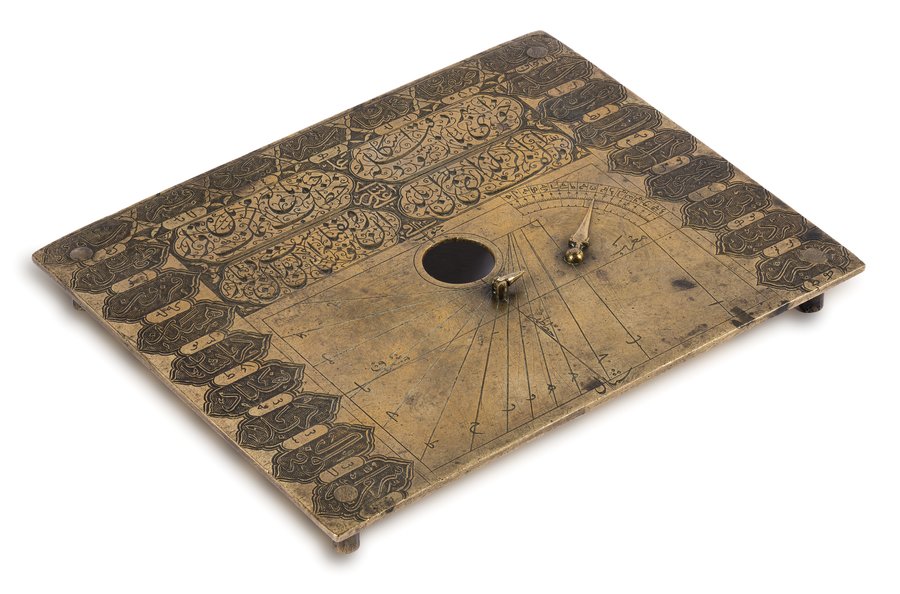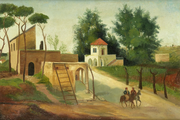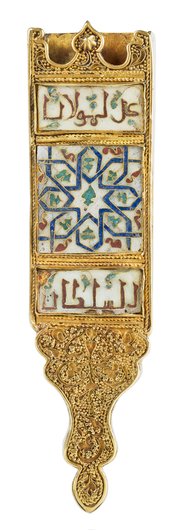
Qibla Indicator
Museum of Islamic Art
- Title:
- Qibla Indicator
- Production place:
- Iran
- Date:
- 1800 - 1900
- Period:
- Qajar
- Title:
- Qibla Indicator
- Production place:
- Iran
- Date:
- 1800 - 1900
- Period:
- Qajar
- Material:
- Brass, Black compound, Copper alloy
- Technique:
- Casting, Engraving, Riveting
- Dimensions:
- 12.5 × 10 × 1.5
This rectangular-shaped sundial and qibla indicator is decorated with exquisite engraved inscriptions on its top and on the sides. Its centre shows a sundial and the trace of a magnetic compass. It gives indications for 23 cities, in Iran mainly but also in Iraq and Syria, and mentions also some specific Shiite shrines, such as Kerbela, in the Safavid province of Iraq. This feature is common to most of the qibla indicators made in Iran and qibla values for different cities are often reported on Indo-Iranian sundials and compasses. This kind of qibla indicators with sundial and a list of places arranged around a magnetic compass were very popular in Iran from the 11th century AH/17th century CE onwards. The topic of the Sacred Direction was of particular concern in Late Safavid Iran, with the compilation of more treatises and the realization of more instruments than in any other period of Islamic history. From daily prayer to burial practices and buildings orientation, several aspects and rituals of the Islamic religious life require alignment towards the qibla, the direction of Mecca. Thus, accurately determining the direction of the qibla has always represented a major problem, mainly left to experts of Islamic law to solve with the support of geographers, astronomers, and mathematicians.



